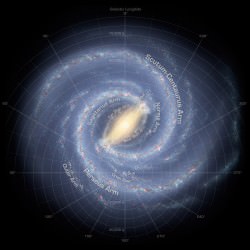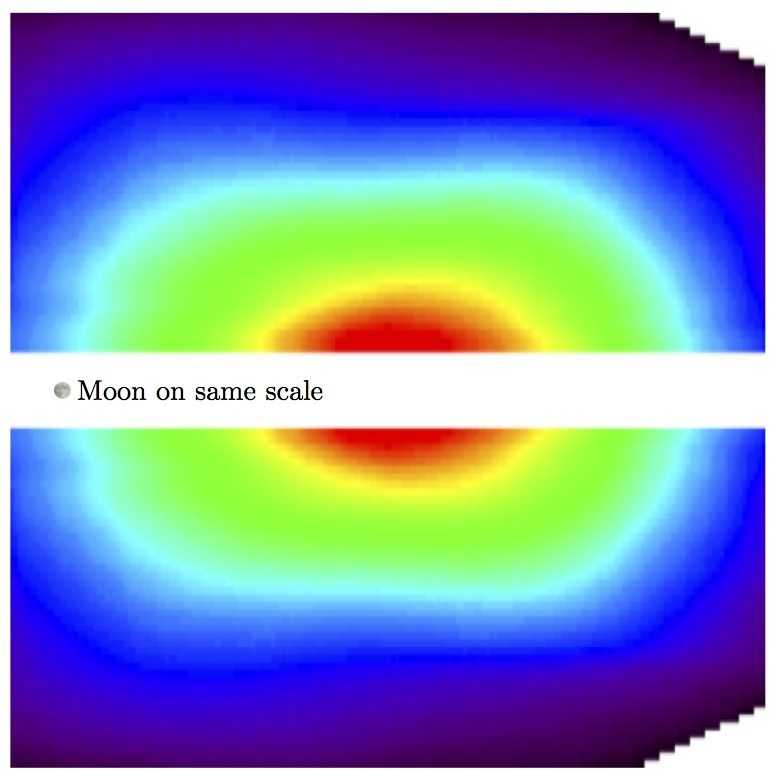Thanks to a new analysis of pictures obtained by a telescope in Chile, astronomers are gaining a better understanding of how the Milky Way formed and how our home galaxy has changed over the years.
Here’s how the project worked:
– The European Southern Observatory’s Visible and Infrared Survey Telescope for Astronomy (VISTA) 4.1-meter telescope took near-infrared pictures of the bulge of the Milky Way during the Variables in the Via Lactea public survey.
– Using the public data, scientists at the Max Planck Institute for Extraterrestrial Physics (MPE) created a three-dimensional star map of the inner regions of the Milky Way.

– Their findings were that the bulge in the center is shaped like a box or a peanut, with characteristics such as an “elongated bar”. It’s the first time such an accurate 3-D map of the inner universe was constructed, the science team said.
“This indicates that the Milky Way was originally a pure disk of stars, which then formed a thin bar, before buckling into the box/peanut shape seen today,” MPE stated. “The new map can be used for more detailed studies of the dynamics and evolution of our Milky Way.”
Among other conclusions, this helps confirm the fairly recent finding that the Milky Way is a barred spiral galaxy, rather than just a spiral galaxy.
More pictures and details are available at the Max Planck Institute for Extraterrestrial Physics’ website.

